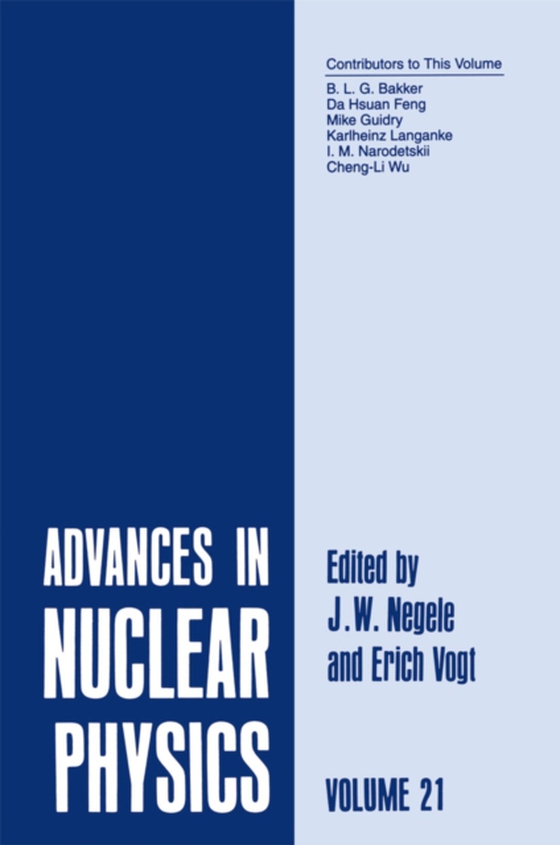
Advances in Nuclear Physics e-bog
436,85 DKK
(inkl. moms 546,06 DKK)
The quest for many-body techniques and approximations to describe the essential physics of strongly interacting systems with many degrees of freedom is one of the central themes of contemporary nuclear physics. The three articles in this volume describe advances in this quest in three dif- ferent areas of nuclear many-body physics: multi quark degrees of freedom in nucleon-nucleon interactions ...
E-bog
436,85 DKK
Forlag
Springer
Udgivet
6 december 2012
Genrer
Atomic and molecular physics
Sprog
English
Format
pdf
Beskyttelse
LCP
ISBN
9781461524052
The quest for many-body techniques and approximations to describe the essential physics of strongly interacting systems with many degrees of freedom is one of the central themes of contemporary nuclear physics. The three articles in this volume describe advances in this quest in three dif- ferent areas of nuclear many-body physics: multi quark degrees of freedom in nucleon-nucleon interactions and light nuclei, multinucleon clusters in many-nucleon wave functions and reactions, and the nuclear-shell model. In each case the common issues arise of identifying the relevant degrees of freedom, truncating those that are inessential, formulating tractable approximations, and judiciously invoking phenomenology when it is not possible to proceed from first principles. Indeed, the parallels between the different applications are often striking, as in the case of the similarities in the treatment of clusters of quarks in nucleon-nucleon interactions and clusters of nucleons in nuclear reactions, and the central role of the resonating group approximation in treating both. Despite two decades of effort since the experimental discovery of quarks in nucleons, we are still far from a derivation of nucleon structure and nucleon-nucleon interactions directly from quantum chromodynamics.
 Dansk
Dansk

